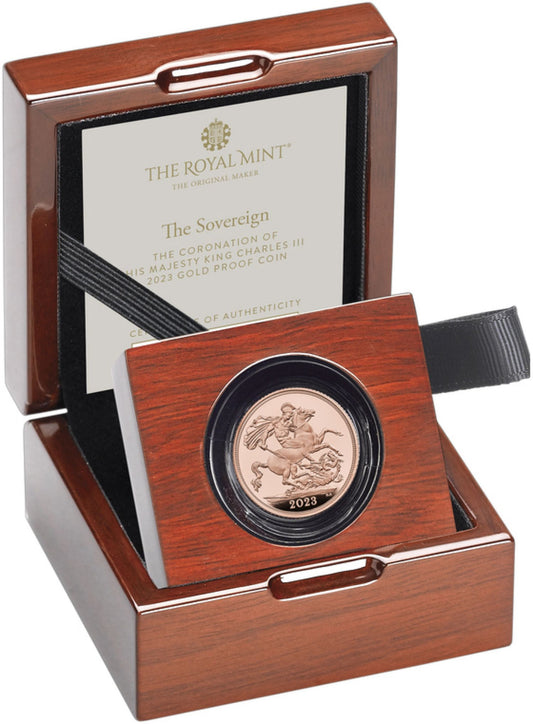FAQs
What makes a coin valuable?
I have coins to sell, what’s the next step?
How will my purchases be shipped?
What happens if I’m not entirely happy with my purchase?
John Penny, Short Cross type, Kings Lynn Mint, moneyer Iohan
John (1199-1216), silver short cross Penny, class 5b2 (1205-1207), in the name of hENRICVS, Kings Lynn mint, moneyer Iohan, facing crowned head with linear collar, hand holding sceptre at left, Latin legend and beaded borders surrounding both sides, obverse legend commences upper left with round top Rs, hENRICVS. R EX, rev. short voided cross pommée, small cross pommée in each angle, +IOhAN. ON. LENE, weight 1.28g (Mass 1514-6 - Plate 56; N 970; S.1351). Some annealing cracks, the metal stable, reverse somewhat off centre, good portrait, very fine and very rare.
All of the English coins dating to the reign of King John by class, are depicted in the name of his Father King Henry II as are those of Richard I who preceded him. The legend therefore reads "Henry King" on the obverse and "Johan of Canterbury" on the reverse.
The younger brother of Richard the Lionheart and at time estranged, John was pronounced heir to England on 11th March 1194, he being the youngest son of Henry II born on 24th December 1166 and at first nicknamed Lackland on the assumption he would never inherit much land. In contrast to this name and as Henry II's favourite son, John had been appointed Lord of Ireland in 1177 by the age of ten and given lands in England and on the Continent and later proclaimed King on Richard's death in 1199. John married twice but had multiple mistresses and illegitimate children. First he married Isabella Countess of Gloucester from 1189-99 ending in annulment, then Isabella Countess of Angouleme who was no older than 15 upon their marriage in 1200 who bore home five children from 1207-1215.
John called a conference of moneyers in 1205 which reformed the administration of the coinage and class 5 short cross pennies are thought to coincide with the results from this meeting, though the coins continue to be still in the name of his Father Henry.
Otherwise during this reign, King Philip II of France agreed to recognise John's possession of Angevin lands at the peace Treaty of Le Goulet in 1200. War again broke out with France in 1202 and though John achieved early victories but later due to shortages of supplies and because of his treatment of his Nobles in that area the empire in northern France collapsed by 1204. He tried to regain these lands for the next decade, was excommunicated after an argument by Pope Innocent III in 1209 not resolved until 1213, and eventually suffered defeat by Philip at the Battle of Bouvines in 1214. Upon return to England he faced rebellion from multiple nobles and barons leading to the Magna Carta peace treaty of 1215, from which neither side really complied leaving to more civil unrest and a stalemate. John died of dysentery in 1216 after campaigning in the east of England and famously losing much of his baggage train and treasure in the flooding marshes and quick sands of the Wash in East Anglia, he died within a week or two of this happening by the 19th October 1216 with his body carried south for interment at Worcester Cathedral. In the aftermath his nine year old son was proclaimed King Henry III under the protector-ship of William Marshall who resuscitated the terms of the Magna Carta in edited form from 1217 as the basis for government in the future.
King's Lynn, Norfolk - known as Lynn at the time of these coins being minted exclusively under King John, a town on the estuary of the Great Ouse at its outflow into the wash, roughly 50 miles northwest of Norwich and recognized as an important seaport throughout 12th century. Virgil. M. Brand mentions in his 1964 article there were around 11 obverse dies in usage for all the three moneyers at the mint at the time, the moneyers were either Iohan, Nicole and Willelm. SCBI 56, 'The J. P. Mass collection' outlines the mint signature tends to present as one of the following; LE/ LEN/ LENE/ LENN/ LENNE, the chronology table shows Lynn as active for class Vb1, Vb2 and Vb3 for John, Kings Lynn or Lynn finally closed its doors during the last small output of type Vb3.
FAQs
What makes a coin valuable?
I have coins to sell, what’s the next step?
How will my purchases be shipped?
What happens if I’m not entirely happy with my purchase?













